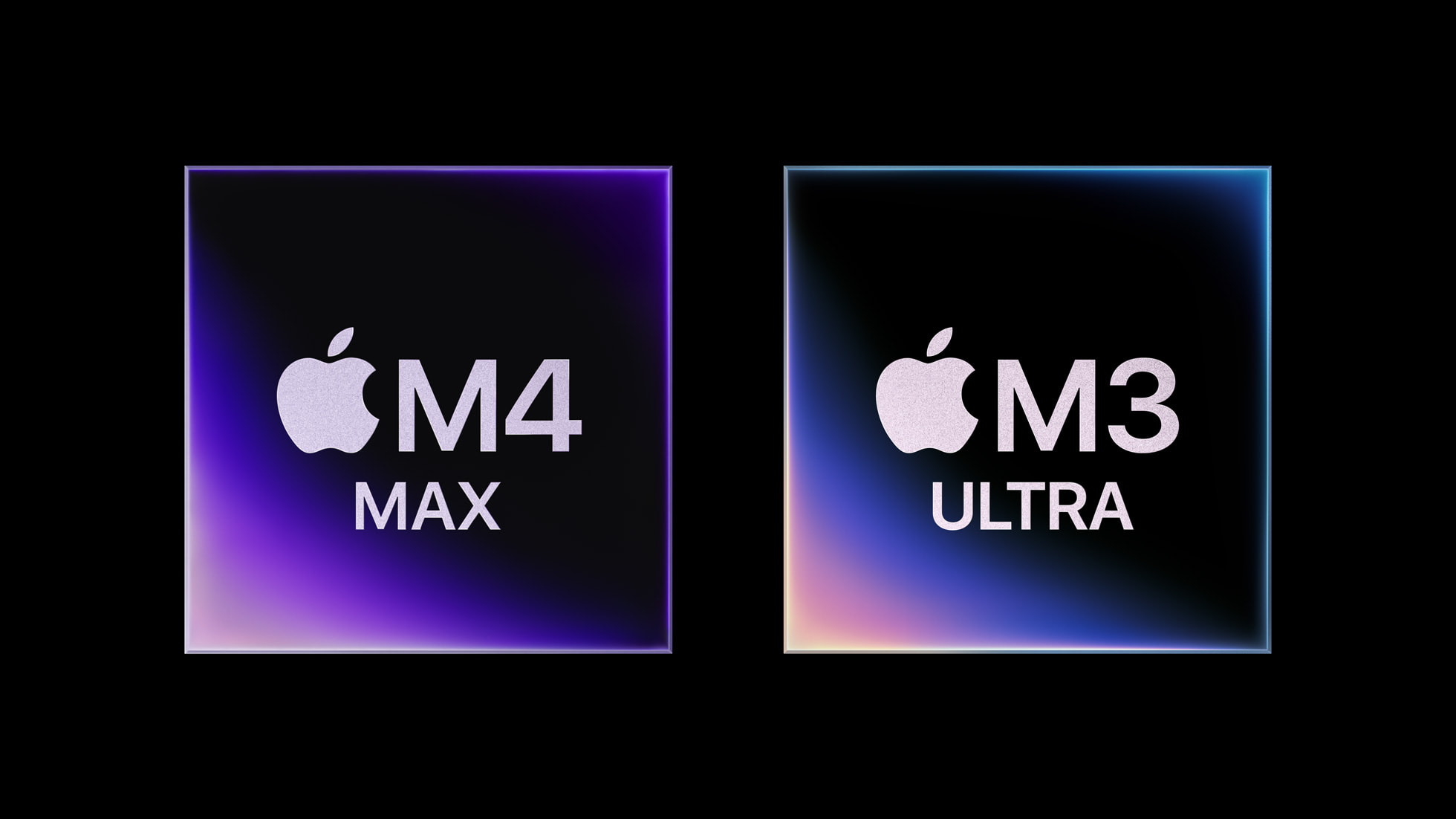I've been waiting a few years for the mac studio update, I'm extremely disappointed.
As it stands, for most tasks, the M4 max will be faster, even the mac book air...
That leaves the very specialized tasks that will be able to take advantage over the M4 max (but we're not talking about photography, or even the majority of audio production needs, ...).
The big problem is that the single core is the one with the most pressure, and so you may find yourself in a situation where the bottleneck is the main core - a classic in video games, for example.
I'm really skeptical about all these responses mentioning AI, it's a collective hallucination.
The unified Ram makes it possible to run large models, but the power of the GPU (even for ultra) is far inferior to Nvidia. In terms of pure power, the M3 Ultra should be a little above a 5070ti. When it comes to AI, however, there's a world of difference (keep in mind that the M3 has slower ia cores):
View attachment 2489291
So if you are serious in the IA world, you want to train models, the max ultra is not the right choice... unless the only thing you're doing is executing a gigantic model for fun, just long enough to make a tweet (because in my opinion the number of tokens per second is going to be too low to be usable). Note that the QwQ-32B model has just been released, with performance equivalent to the DeepSeek-R1 671B, so the “I need 512gb of ram to run DeepSeek...” routine is a thing of the past. I'm taking bets that the future lies in smaller models.
The big interest for ULTRA that I see is:
- 3D render, because when you render with the GPU (which is very fast), you're limited by VRAM, and unified RAM makes all the difference.
- If you need more than 128gb of ram (for big orchestral audio template)
- For video editing (with the dual chip), etc.
And all this is going to be handicapped because we're starting with the M3, the M4 having received numerous improvements.
Do you have any other use cases? I'm curious to learn more. And do you think that without the ram limit, the M4 max would be inferior?



